The Surprising Origin Behind This Guatemalan Weaving Studio
Back in 1977, a 22-year-old photographer named Mitchell Denburg touched down in the extravagantly baroque Guatemalan city of Antigua and started snapping. Spanish Colonial cathedrals scarred from the 1773 earthquake, sunburned coffee-plantation laborers, come-hither ladies of the night—all caught the vacationing American’s wondering eye. A year later, still under Antigua’s spell, he came back, setting up a business “taking portraits of locals for six dollars each and photographing events like baptisms and weddings.”
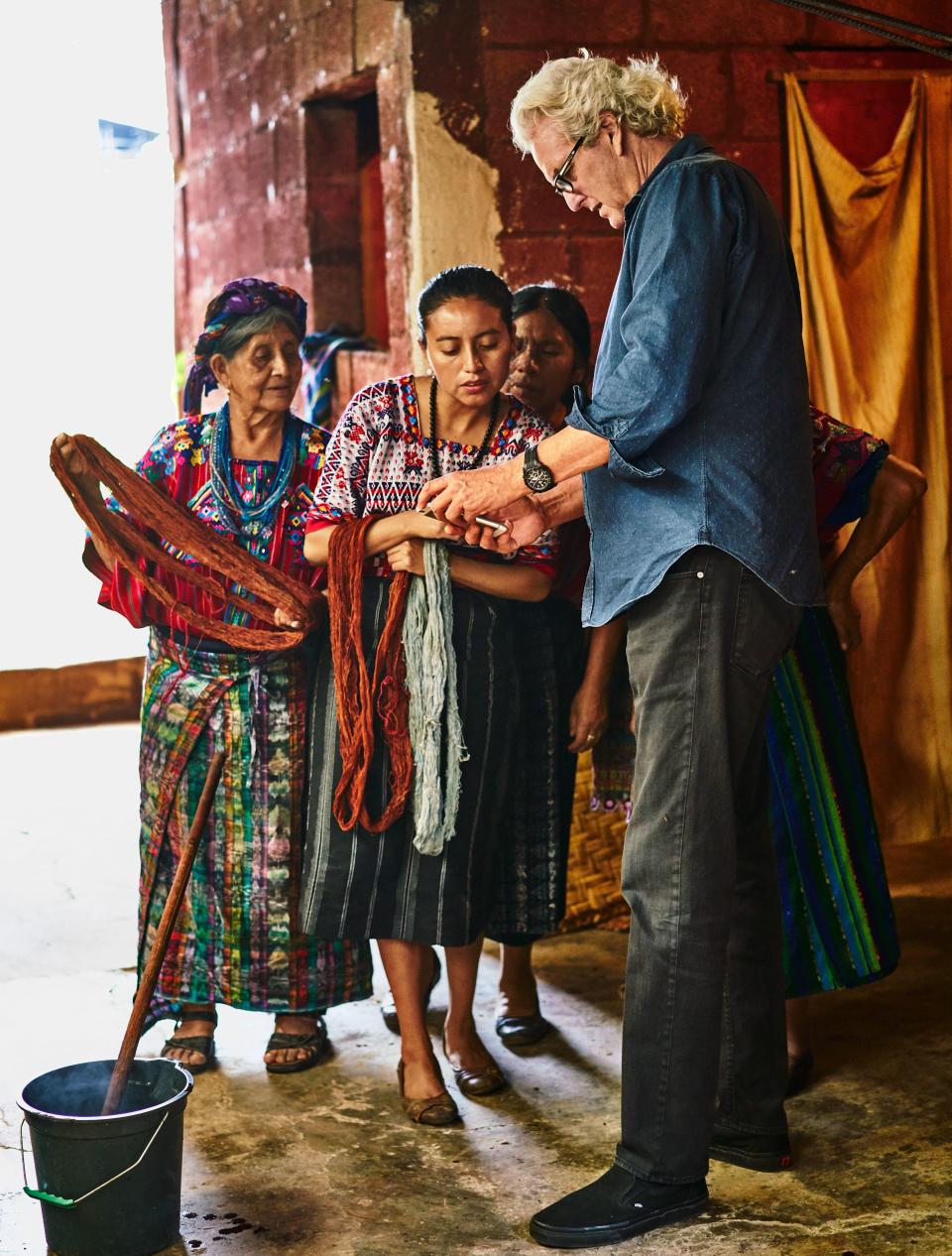
The local serapes, or wool blankets, captivated Denburg too. Then a daydream suddenly kicked in: Why not start a weaving studio that would improve its workers’ standard of living while catapulting a Guatemalan tradition out of the country’s artesania shops and into international living rooms? “My immigrant grandparents always did something to give back,” explains the entrepreneur, whose altruistic plan also included building and staffing a bilingual school for the artisans’ children. “The world needs more positivity.”
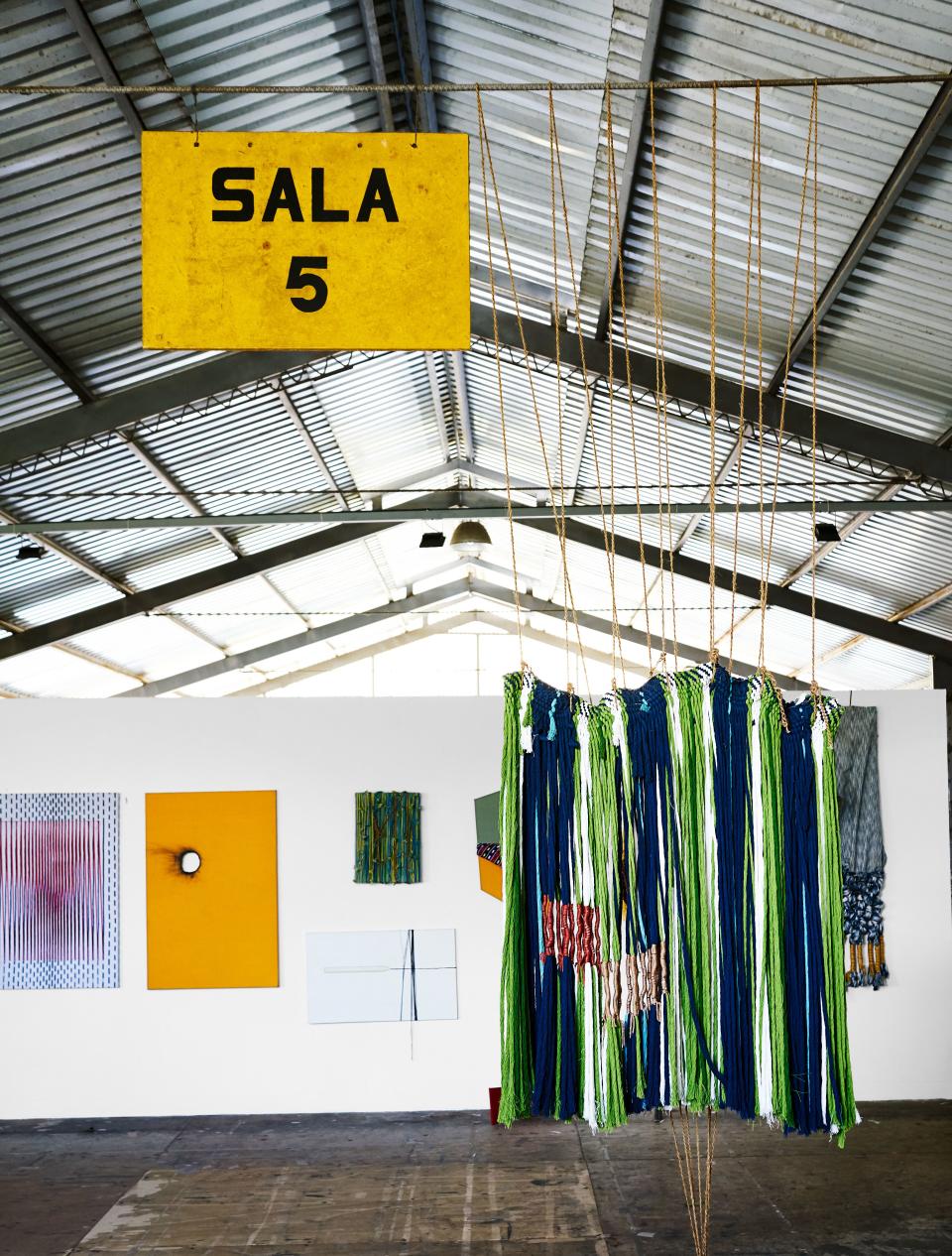
Thus, in 1980, the Mitchell Denburg Collection was born. The little atelier that could started small (five workers, three looms) and grew big (today 175 weavers, 50 looms). Eighteen years later Denburg, who had been commuting between Florida and Guatemala, settled full-time in Antigua with his wife, the Guatemalan artist and collector Lissie Habie, and Jamie, their younger daughter, then seven. (Jessica, their elder child, now a filmmaker, stayed in Florida to finish high school.) “The plan was to stay for a couple of years and then run the business from the U.S. But Lissie wanted to come back for good.”
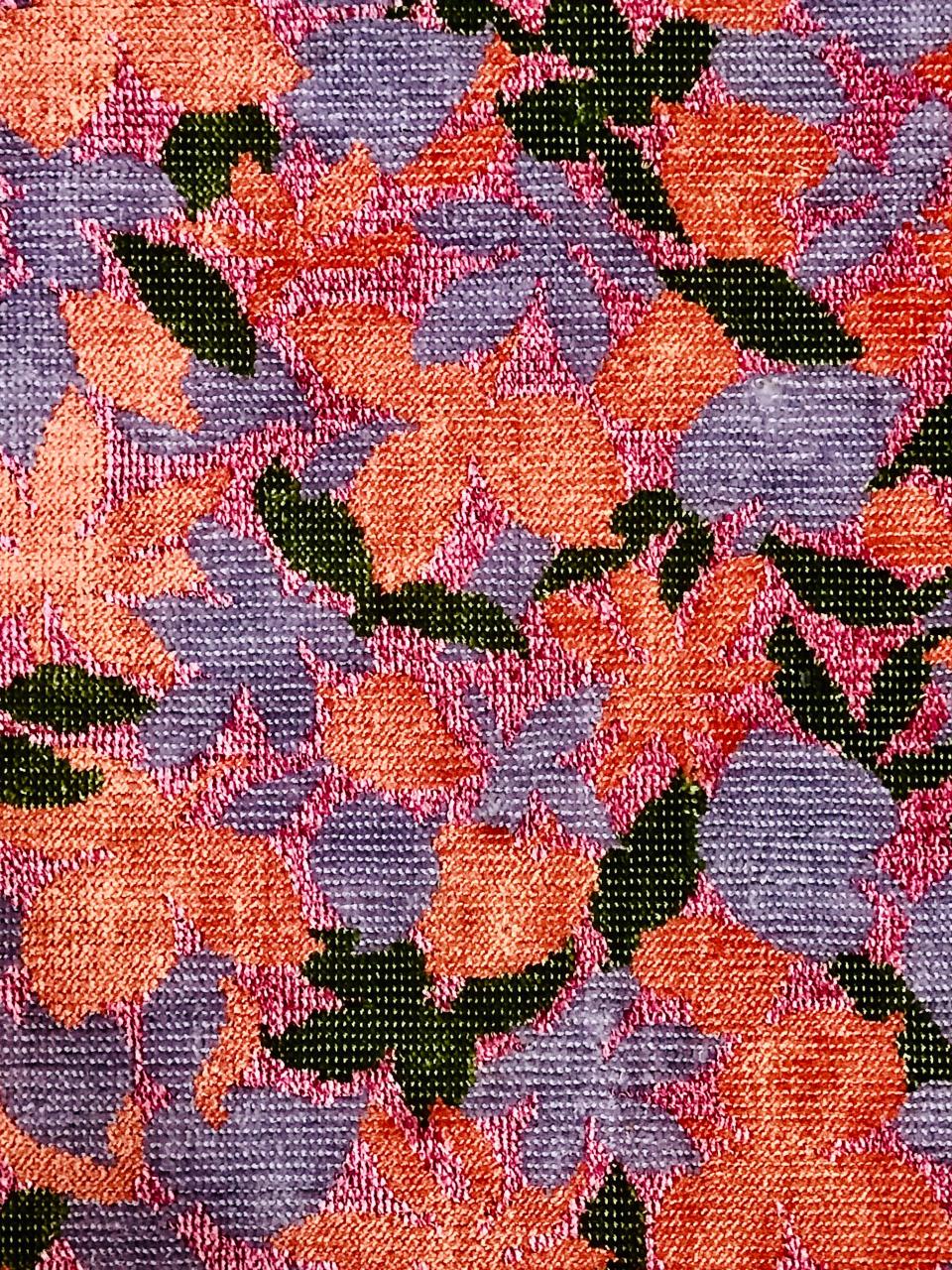
Denburg’s craftspeople dye and loom not just any textiles but custom-made, eco-friendly rugs and fabrics of inexpressible fineness. “There’s been a constant evolution in Mitchell’s work inspired by partnering with talented interior designers, brilliant weavers, and, perhaps, imaginative clients,” says Denburg devotee Deeda Blair, a bio-medical-research leader hailed for her aesthetic eye. “He is open to try anything.”
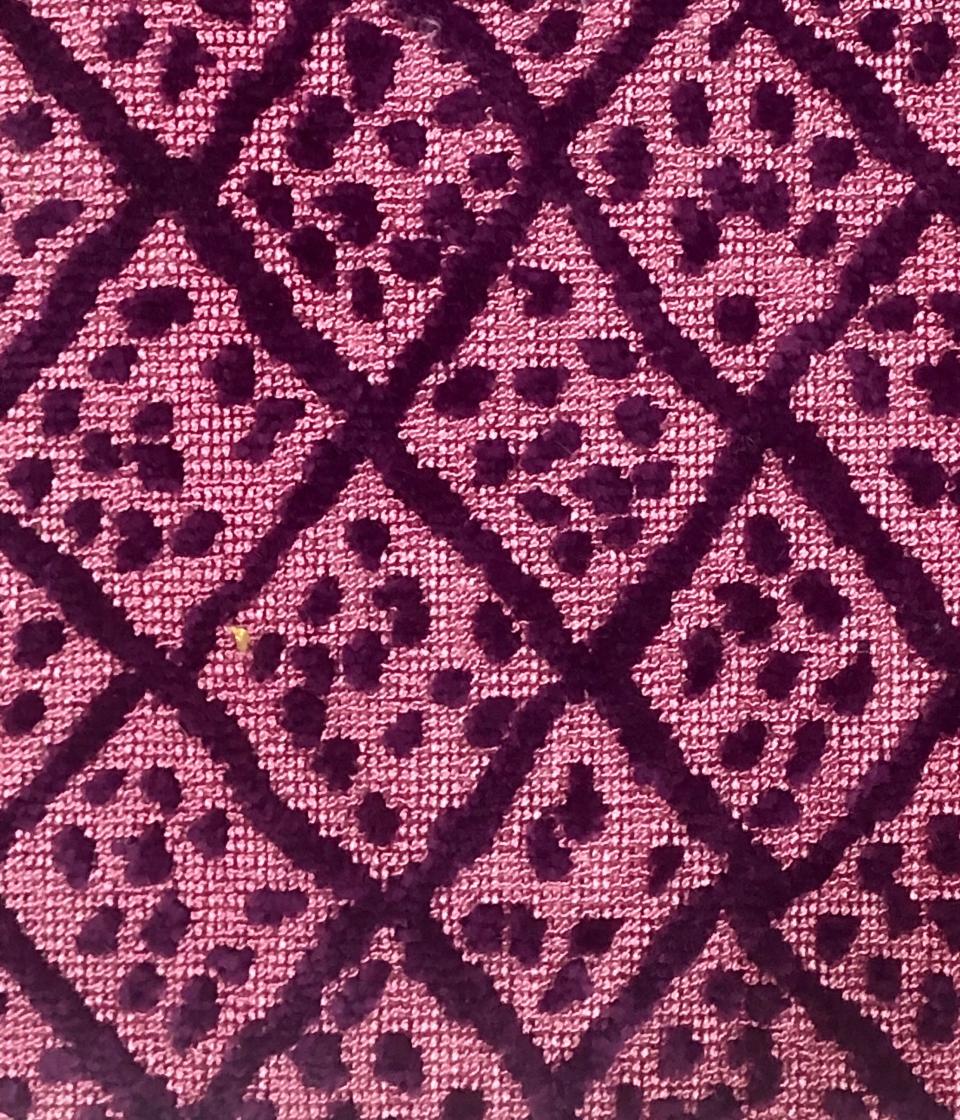
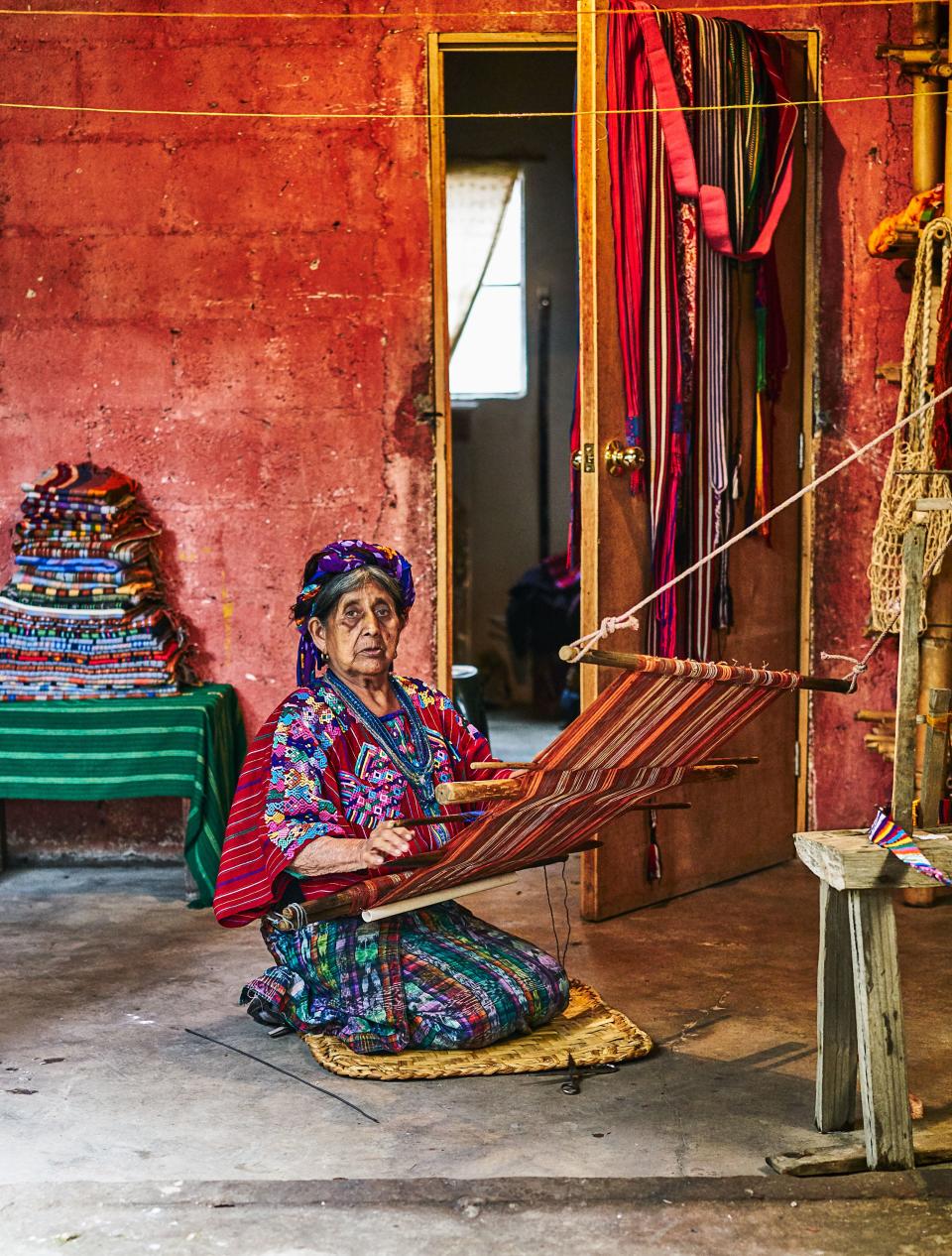
Think 200-plus fabrics fashioned of couture-quality fibers (silky linen, buttery alpaca, crisp sisal) in colors ranging from suave neutrals to succulent primaries. Add to that thousands of carpets, including those for Sir Evelyn de Rothschild’s summer place on Martha’s Vineyard and the Obamas’ private quarters at the White House. Denburg’s team also conjures up works for textile artist Sheila Hicks, among them scarlet wool hangings for her installation at the 2017 Venice Biennale.

“Weaving is fundamental to the Guatemalan identity, and Mitchell is a bridge to the world for regional artisans,” says AD100 designer Rodman Primack, a part-time Guatemala resident partnering with Denburg on a line of blankets and throws. Notes the AD100’s Jeffrey Bilhuber, “Once you understand the backstory, it makes the indulgence—because it is an indulgence—all the more palatable and powerful.”
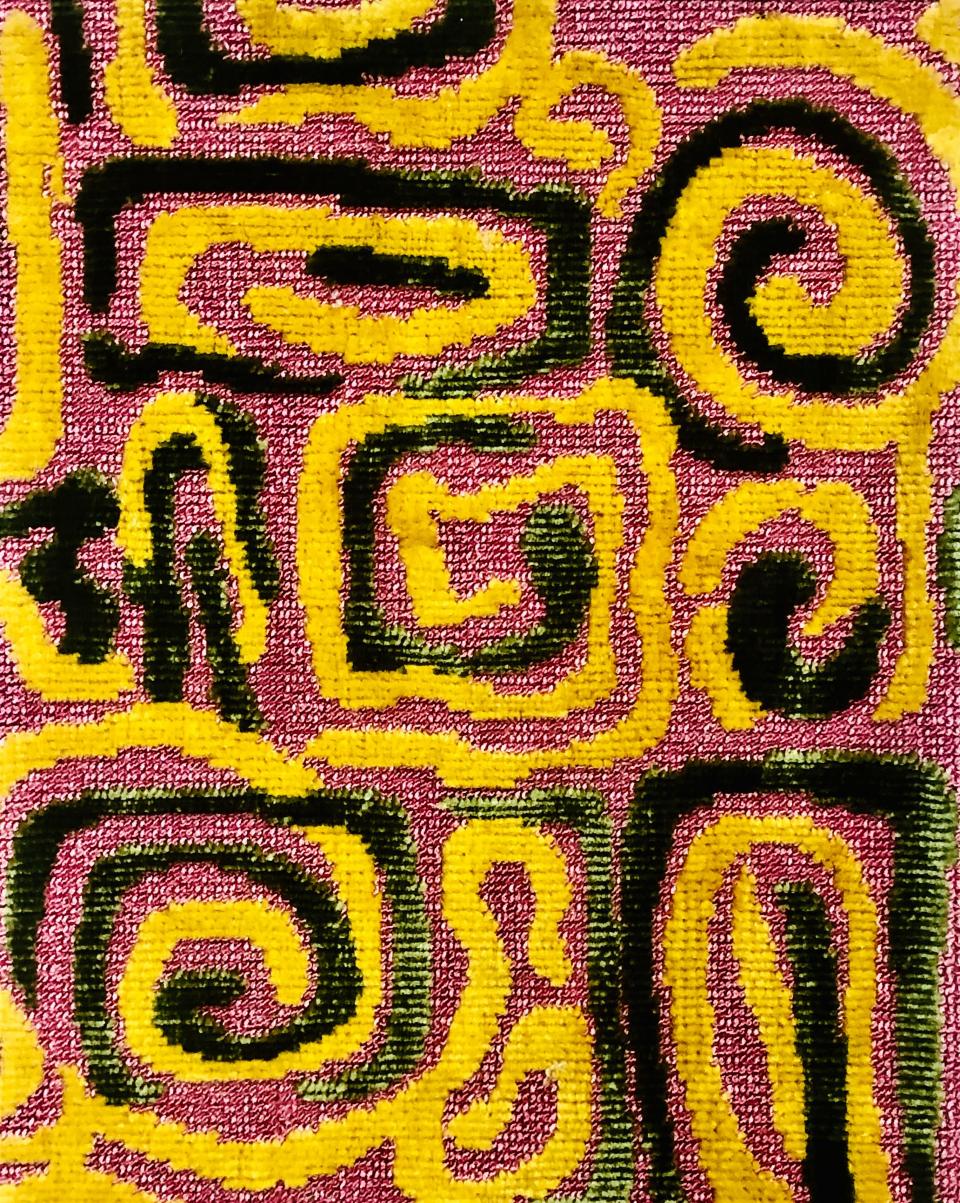
Allied to the studio is the New Roots Foundation, led by Denburg’s artist daughter Jamie Denburg Habie. Socioeconomic initiatives have been developed under its umbrella, residencies established, and rural acreage planted with teak and mahogany that can provide enduring incomes for area farmers. There’s also La Nueva Fábrica, a visual-arts center and cultural space on a 16th-century plaza.
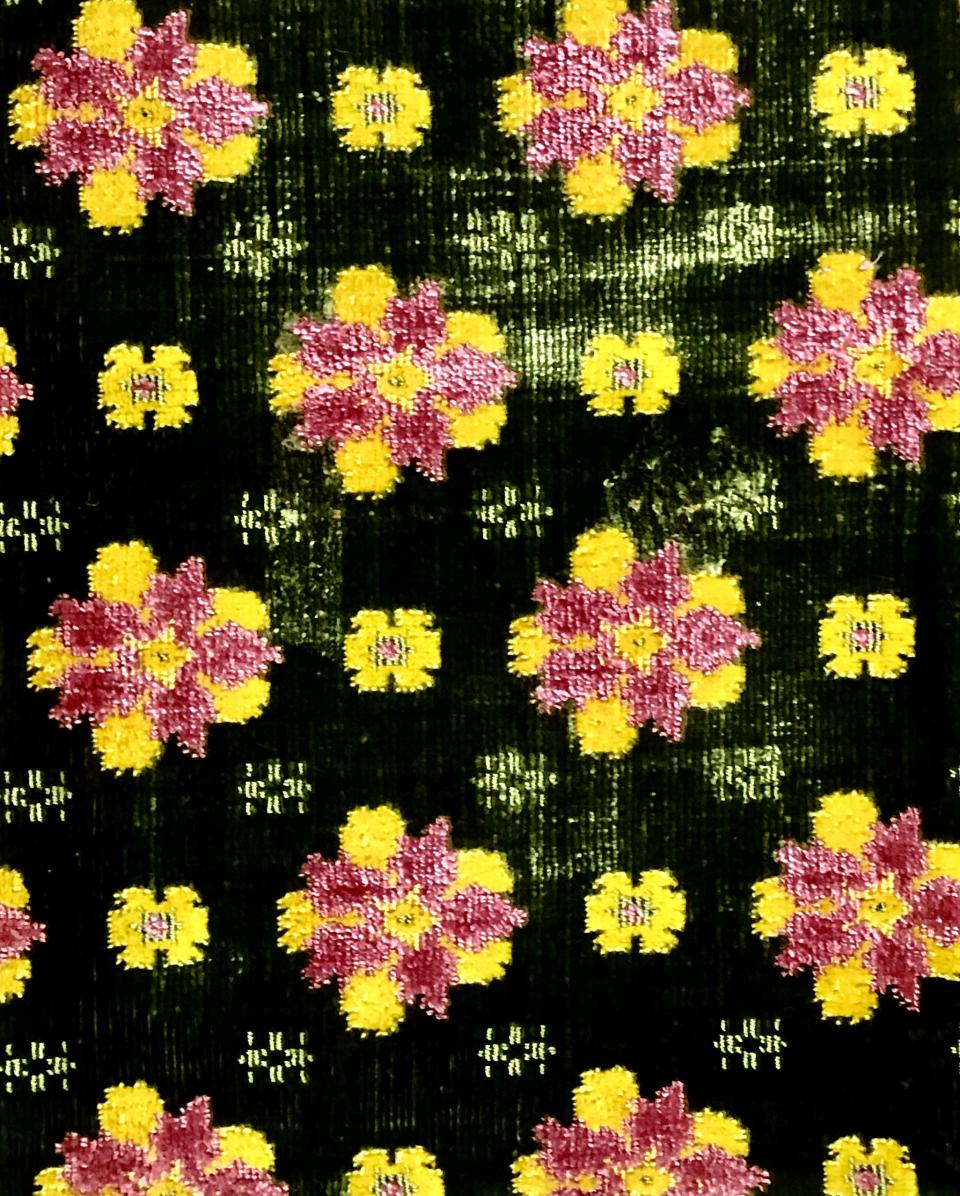
“This place has brought me unexpected happiness,” Denburg says, a statement that embraces the atelier as well as Guatemala. “Sometimes it’s just about giving something extra to the person next to you.” mitchelldenburg.com
Originally Appeared on Architectural Digest

